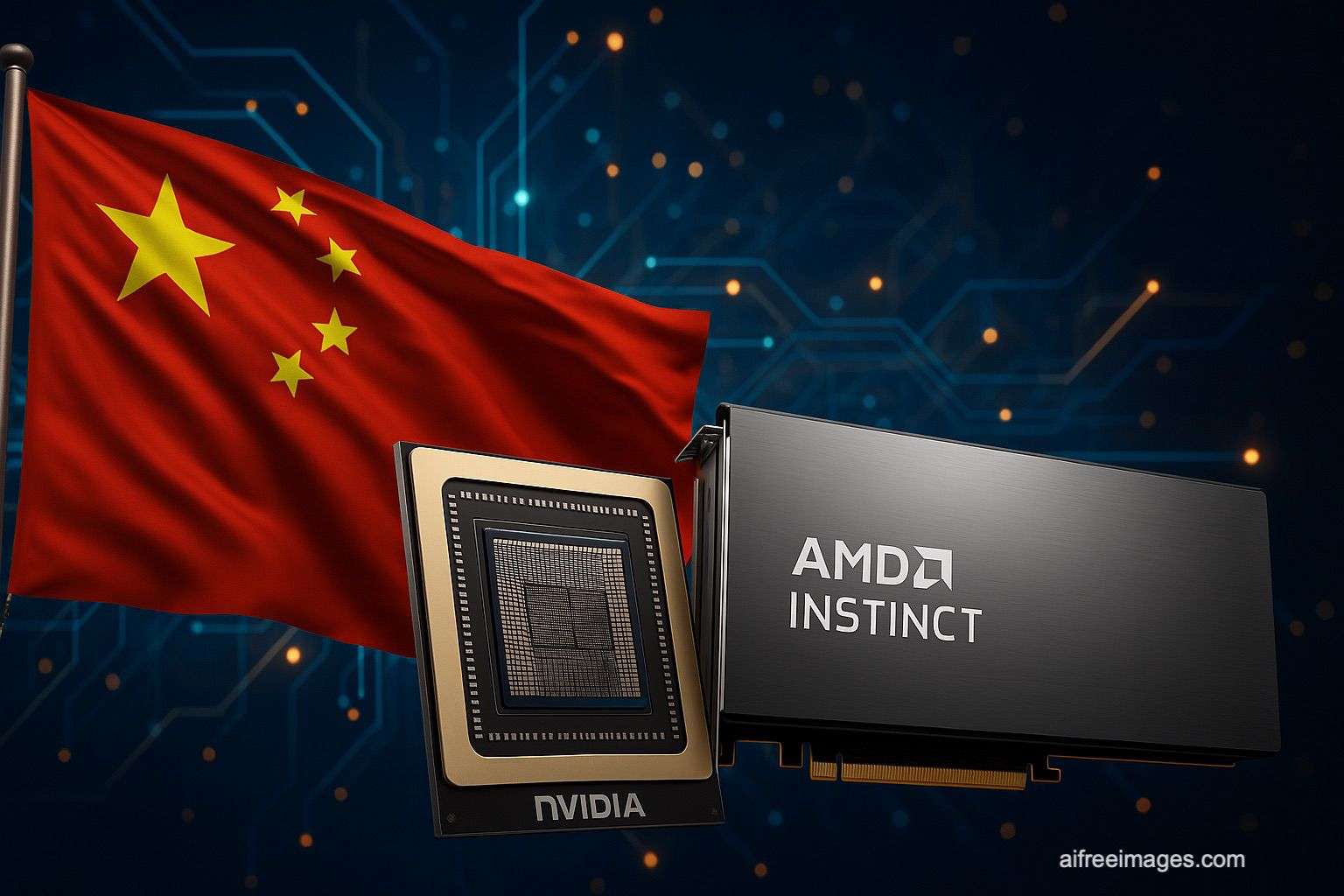Wei Shaojun, Vice President of the China Semiconductor Industry Association and government academic advisor, has urged China and other Asian countries to stop relying on Nvidia’s GPUs for training and running artificial intelligence models.
During a forum held in Singapore, Wei warned that the dependence on US-origin hardware poses a long-term strategic risk and described the current strategy of replicating the North American AI development model, based on general-purpose GPUs from Nvidia or AMD, as “lethal.”
Criticism of the current model
Wei pointed out that the approach taken in Asia closely mirrors the U.S. roadmap, where companies and research centers extensively use GPUs designed to accelerate training for models like ChatGPT or DeepSeek. In his view, this strategy limits regional autonomy and hindrances the creation of an indigenous ecosystem, both in algorithms and computing infrastructure.
The executive stated that the region should advocate for a divergent model, supported by ASICs tailored for specific tasks and local architectural innovation, rather than following Nvidia’s hegemony.
Nvidia’s dominance in AI
Over recent years, Nvidia has solidified a leadership position in the field of artificial intelligence:
- Tensor Cores and mixed-precision formats optimized for AI.
- Software ecosystem (CUDA, deep learning libraries) deeply integrated.
- Wide support from cloud providers and OEM manufacturers.
Its modern architectures, such as Blackwell for data centers, are almost exclusively designed for AI workloads, leaving behind their original function of graphics processing.
Conversely, AI-specific ASIC solutions, which could offer greater efficiency in certain use cases, have yet to achieve widespread adoption for training or inference.
A call for technological sovereignty
Wei’s remarks align with China’s strategy to boost its technological independence in critical sectors like semiconductors and AI, especially in a context marked by export restrictions imposed by the U.S.
For Asia, the challenge is to reduce reliance on US hardware, promote investment in local specialized chips, and develop an AI model that is not a mere copy of Western approaches but a distinct and sovereign path.
Frequently Asked Questions (FAQs)
Why does China want to stop using Nvidia GPUs?
Because it considers that dependence on US hardware limits its technological autonomy and poses a strategic risk amid geopolitical tensions.
What alternatives does the Chinese industry propose?
Wei Shaojun advocates for investing in purpose-built ASICs and locally designed computing infrastructure to reduce reliance on Nvidia and AMD GPUs.
What advantages do Nvidia GPUs have over other processors?
Nvidia GPUs feature hardware optimized for AI, a mature software ecosystem, and extensive cloud support, making them the de facto standard for training and deploying AI models.
Are alternative chips ready to replace Nvidia?
Not yet. While there are developments in ASICs and specialized accelerators, they have not yet reached the same maturity or global adoption as Nvidia’s GPUs.
via: Tom’s Hardware and Bloomberg

